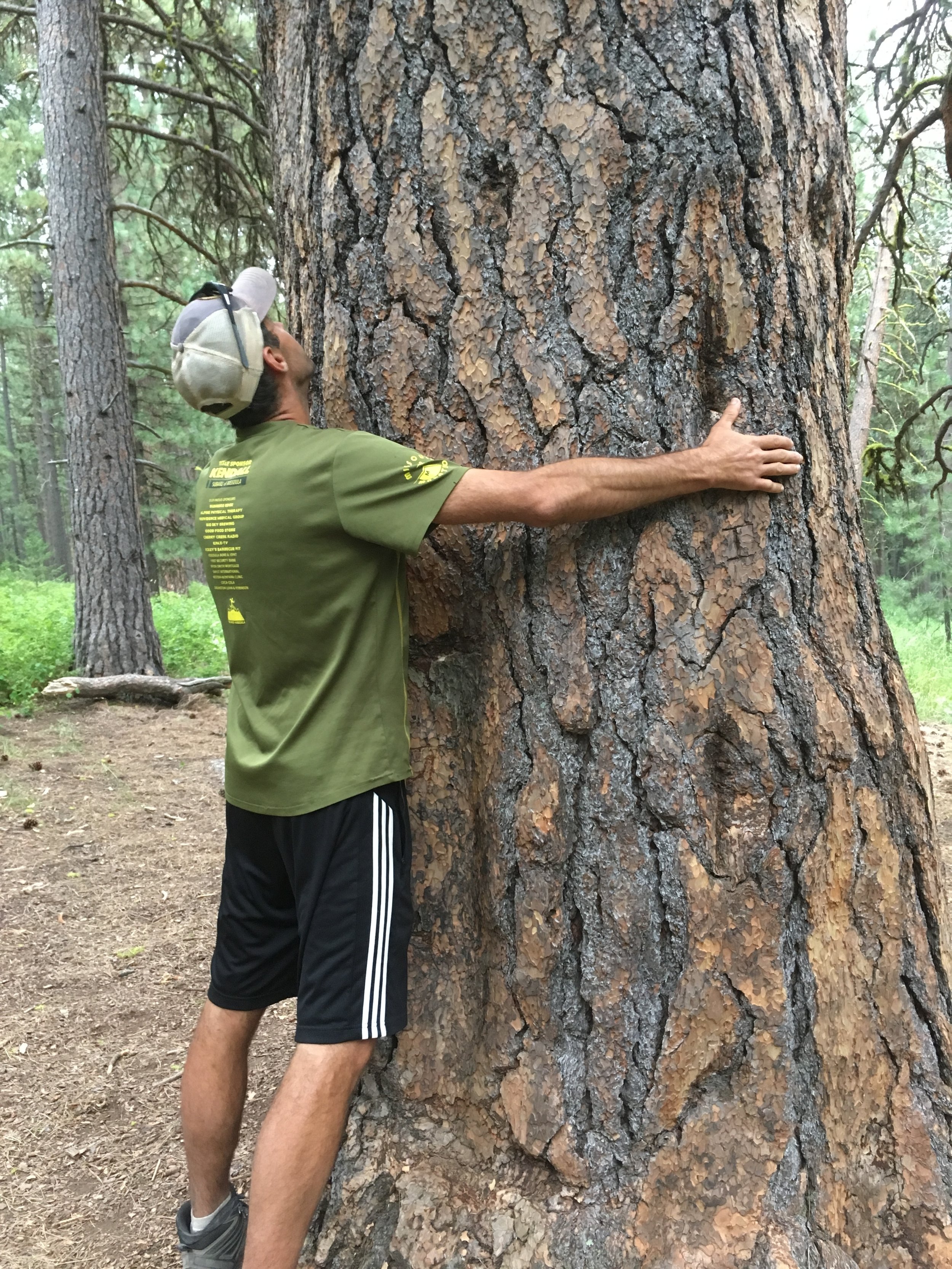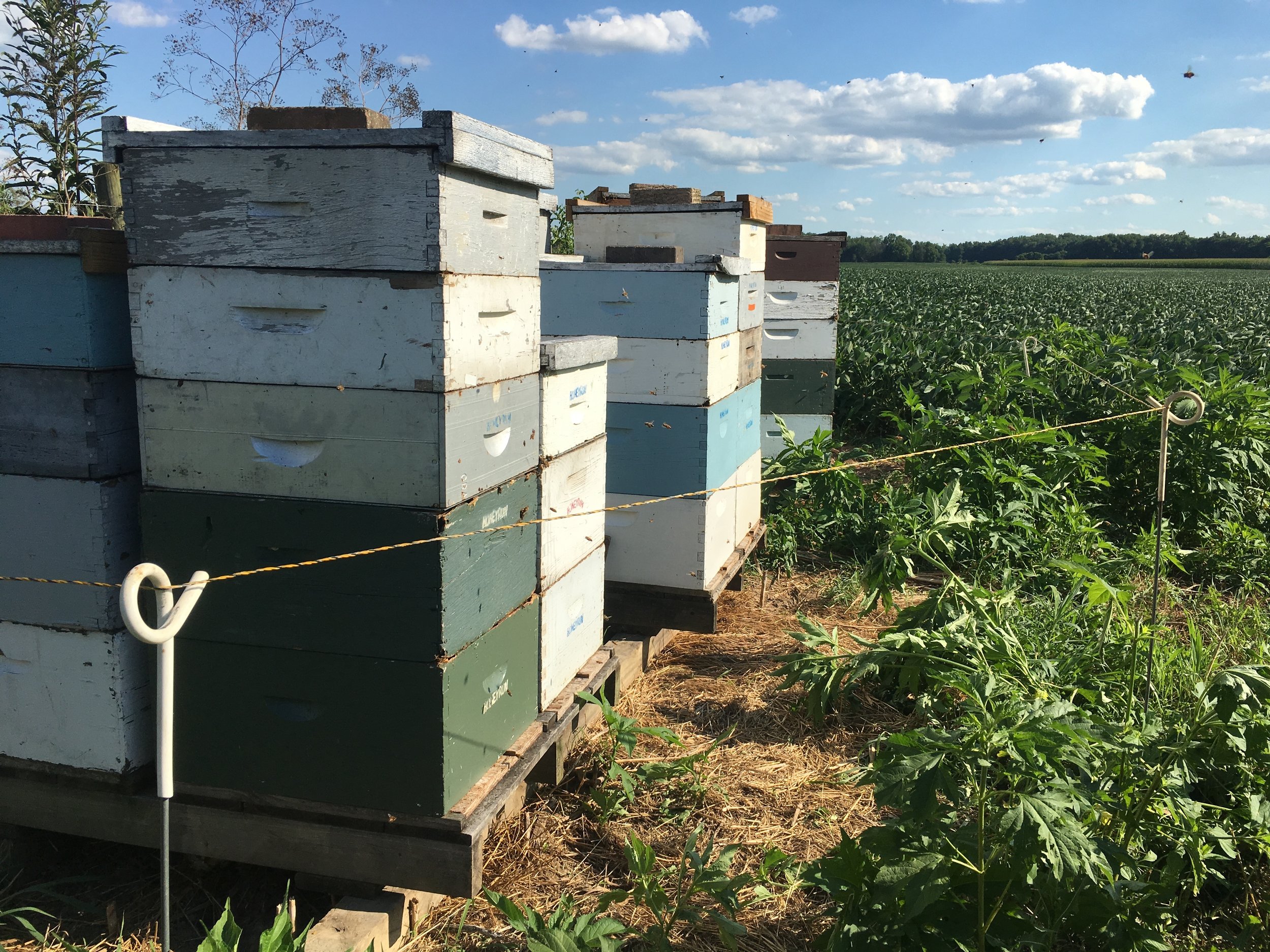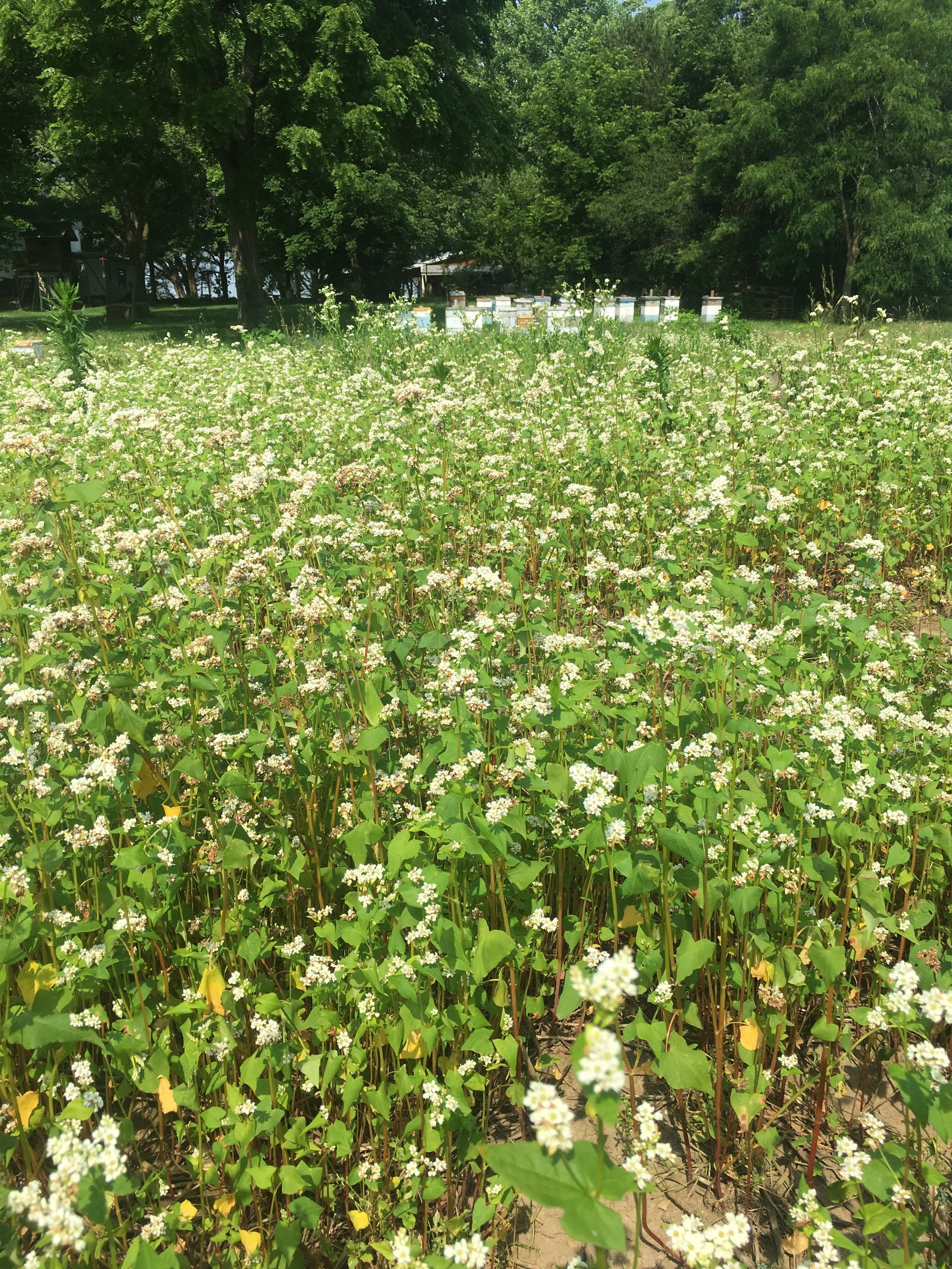Tell me more, Tell me more
Jayne Barnes
-Posted by Isaac
Was it love at first sight?
Last week we talked about summer honey.
It's been a good year. I've been pulling honey for two weeks, going yard to yard, and it will continue for at least one more. While I get all the fun in the sun, Lafe works diligently on the extracting side of things.
And that's what we'll cover in this post- how we get that sweet summer honey out of the comb. In the photo above, you can see our extracting set up. This is a Cowen 60 frame in-line system. A few years ago I went out to South Dakota and bought it used.
We start at the far end. This machine is called the "uncapper," and it does exactly as the name implies- it uncaps. The honeycomb frames are run through heated and vibrating knives which take the wax capping right off.
This slurry of wax and honey then falls into a big hopper. We'll get into that next week when we talk about the wax processing.
For now let's look at all those freshly uncapped and dripping frames of honey. The reason the wax capping has to come off is because they'll soon be spinning at high speed inside the extractor. Lafe will uncap 60 frames and they'll slowly move along a conveyor toward the extractor. This takes ten to fifteen minutes, during which time the extractor is still spinning the previous load.
Once the big trough is full (holds about 70 frames total), it's out with the old and in with the new.
The hinged door of the extractor comes down and the spinning begins. (Shown in a video on last week's post.) It's centripetal force that causes the honey to fly out of the honeycomb cells.
The spun frames from the previous load go back into the supers and either make it back on a hive or go on the trailer.
About twice a week our home bees get a nice snack.
All the honey that came out of those spinning frames now flows to the bottom of the extractor, then on out into a forty gallon sump. Gravity does the job, as the sump is the lowest point in the extraction process. From there we need a honey pump. As the sump fills, a float kicks a switch, and the honey is pumped from the lowest point up to the highest.
This is our big bulk tank in the far back corner of the room. It holds 500 gallons. On a good day (When Lafe decides to work eight hours.) we'll fill that tank to about three quarters.
An overfill of the bulk tank is a really bad thing. This means that almost daily we're filling buckets or barrels.
As always, moisture is a concern.
As long as it's dry enough, the great thing about honey is that once it's produced and stored, it's good forever. We could bottle it tomorrow, or we could wait a thousand years. Makes no difference. I think about this especially now, during produce season when my poor sister has to move about 20,000 tomatoes within just a couple weeks. Poor Becky. Should've taken up beekeeping when she had the chance.
Next week we'll look at the wax processing side of things.
























































